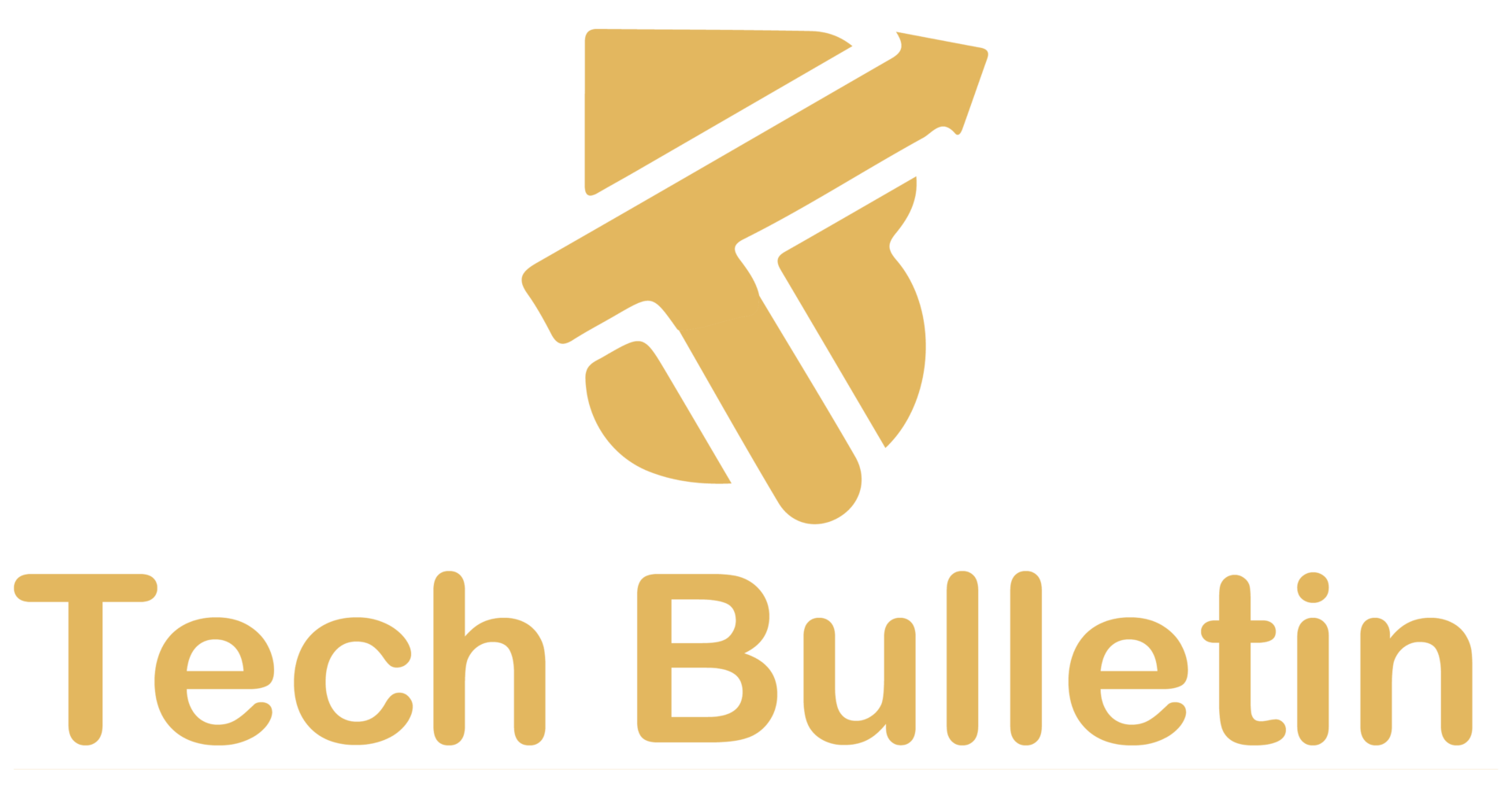Top Ways AI and Procurement Automation Are Solving Healthcare Supply Challenges
In healthcare, procurement isn’t just about purchasing, it’s about saving lives. Every syringe, ventilator, and IV drip is a part of a much larger chain of care. But as the healthcare sector grows, so do its supply chain complexities. With mounting demand, rising costs, and the need for precision, traditional methods can no longer keep up. This is where procurement automation and AI step in to transform the game.
Procurement in the Healthcare Industry
Healthcare procurement is the strategic process of sourcing, purchasing, and managing medical supplies, pharmaceuticals, and equipment. It involves multiple stakeholders from doctors to supply managers to hospital administrators, all ensuring that products meet standards for safety, efficacy, and compliance.
Stakeholders Involved in Healthcare Procurement
- Clinicians and Nurses: Identify medical needs.
- Procurement Officers: Handle vendor selection and order processing.
- Financial Controllers: Oversee budgets and contracts.
- Suppliers: Manufacture and deliver goods.
This complex ecosystem calls for seamless communication and zero room for error.
The Need for Automation in Procurement
Automation in procurement refers to the use of software and intelligent technologies to manage procurement activities digitally. This encompasses everything from raising purchase requests and managing supplier databases to processing invoices and handling payments. Automated systems can be programmed to follow predefined rules, thus removing the need for manual approvals and significantly reducing processing times.
In healthcare, procurement automation ensures that critical items are reordered automatically when stock levels fall below a threshold. It also provides real-time data to help administrators make informed purchasing decisions, negotiate better contracts, and avoid last-minute scrambling for supplies.
Procurement Process Automation vs Procurement Workflow Automation
While often used interchangeably, there are subtle differences:
- Procurement Process Automation focuses on digitizing the entire lifecycle from requisition to payment.
- Procurement Workflow Automation deals with streamlining specific internal processes such as approvals or supplier onboarding.
Comparison Table
| Feature | Process Automation | Workflow Automation |
| Scope | End-to-end procurement cycle | Specific tasks or sub-processes |
| Objective | Reduce cost and cycle time | Improve internal efficiency |
| Tools Used | ERP, AI platforms | Workflow engines, RPA |
The Four Types of Procurement
Understanding the different categories of procurement is essential for designing efficient and effective procurement strategies, especially in the healthcare sector, where precision, compliance, and speed are critical. Each type of procurement serves a unique purpose and comes with its own operational and regulatory challenges.
Direct Procurement
Direct procurement refers to the acquisition of products that are directly used in patient treatment and clinical procedures. These include items such as medications, surgical tools, syringes, wound dressings, IV fluids, and other consumables. In essence, any product that has a direct impact on patient care falls under this category.
This type of procurement is highly sensitive, as delays or quality issues can directly affect patient outcomes. It requires strict quality control, traceability, and timely delivery. Automation helps by maintaining real-time inventory levels, triggering automatic reorders, and ensuring supplier certifications are up to date, thereby reducing the risk of supply interruptions or non-compliance.
Indirect Procurement
Unlike direct procurement, indirect procurement covers items that do not directly interact with patient care but are essential for the smooth operation of the healthcare facility. These can include office supplies, uniforms, IT equipment, furniture, utility services, and facility maintenance items.
Though not patient-facing, indirect procurement still demands attention because inefficiencies here can disrupt administrative workflows and increase operational costs. Automating these purchases reduces unnecessary spending, speeds up approvals, and ensures consistent quality and supply from reliable vendors.
Services Procurement
Services procurement involves hiring third-party vendors to provide professional services essential to running a healthcare facility. Common examples include janitorial and sanitation services, IT support, security, equipment maintenance, and even outsourced clinical services such as lab testing.
Managing services procurement is often more complex because it involves contracts, performance monitoring, and compliance with service-level agreements (SLAs). Automation streamlines these processes by managing digital contracts, automating vendor evaluations, and providing alerts for service renewal or renegotiation timelines.
Capital Procurement
Capital procurement deals with the purchase of high-value, long-term assets such as diagnostic machines (MRI, CT scanners), hospital beds, surgical robots, and laboratory equipment. These purchases usually require substantial investment and longer approval cycles due to their strategic importance and impact on infrastructure.
Capital procurement demands thorough planning, budget forecasting, and lifecycle cost analysis. Automation supports this by enabling data-driven decision-making, managing bidding processes, tracking vendor proposals, and maintaining records of equipment maintenance and warranties.
Challenges in Traditional Healthcare Supply Chains
Healthcare supply chains are among the most complex and sensitive logistical ecosystems in any industry. The consequences of a delay or error can directly impact patient safety and health outcomes. Traditional systems largely manual and paper-based, struggle to cope with the dynamic and critical needs of modern healthcare. Below are the key challenges these systems face, along with a detailed look at how each one affects operational efficiency and patient care.
Unpredictable Demand
One of the most pressing challenges in healthcare procurement is the unpredictable nature of demand. Unlike retail or manufacturing, healthcare providers cannot forecast patient needs with consistent accuracy. Emergencies, seasonal illness outbreaks, and global crises such as pandemics can cause sudden surges in the need for specific medical supplies.
Regulatory Scrutiny
Healthcare is a highly regulated industry, governed by local and international standards to ensure patient safety, product efficacy, and ethical compliance. Traditional procurement systems often fall short when it comes to maintaining up-to-date records, tracking supplier certifications, or generating audit-ready reports.
Supplier Reliability Issues
The reliability of suppliers is a cornerstone of any efficient supply chain, especially in healthcare where timely delivery can be a matter of life or death. Traditional procurement systems often rely on long-standing relationships and manual assessments of supplier performance. This makes it hard to evaluate real-time data like delivery delays, quality issues, or contractual breaches.
Without automated supplier performance tracking, hospitals may continue working with vendors who consistently miss deadlines or deliver subpar products. In emergencies, the inability to quickly identify and switch to more reliable vendors can result in catastrophic shortages of essential supplies. Moreover, a lack of diversification in supplier sources increases the risk of dependency on a single, potentially unstable vendor.
Bottlenecks, Delays, and Errors in Manual Systems
Manual procurement processes are inherently slow and error-prone. From placing an order to getting approvals and tracking deliveries, every step involves human intervention, which introduces the risk of miscommunication, data entry mistakes, and time-consuming delays.
Treatment Delays
When supply chain inefficiencies prevent the timely delivery of medical tools and medications, treatments are delayed.
Equipment Shortages
Medical equipment such as ventilators, defibrillators, and diagnostic machines must be available and functional at all times. Manual procurement systems may not track usage patterns or predict maintenance needs effectively, leading to unexpected equipment failures or shortages during high-demand periods.
Inefficient Budgeting
Finally, the absence of real-time data and forecasting tools in traditional procurement methods leads to poor financial planning. Hospital procurement teams may overspend on unnecessary items while neglecting essential supplies.
Case Studies of Successful Healthcare Automation
Healthcare institutions across the globe are already witnessing the benefits of procurement automation. A hospital in the UK integrated AI-based analytics with its procurement system and reduced wastage by 25%. Another hospital network in the US automated its supplier onboarding and invoicing processes, cutting down lead times by nearly half.
These real-world examples highlight that automation is not a futuristic concept it is a present-day solution delivering measurable results.
Technology Stack Powering Healthcare Procurement Automation
As healthcare organizations transition from manual to digital procurement, choosing the right technology stack is essential. The technology must not only streamline workflows but also ensure compliance, transparency, and integration with existing hospital systems. Leading platforms such as SAP Ariba, Coupa, and IBM Watson are at the forefront of this transformation, each offering distinct capabilities to support end-to-end procurement automation.
SAP Ariba: A Full-Service Procurement Platform
SAP Ariba is one of the most comprehensive and widely adopted procurement platforms in the healthcare industry. It is designed to digitize and automate the entire procurement lifecycle from sourcing and contracting to purchasing and supplier management.
Coupa: Expense and Invoice Automation
Coupa focuses on expense management and invoice automation, making it an ideal solution for healthcare providers looking to optimize their financial workflows. It enables organizations to manage procurement spending with greater transparency and control.
IBM Watson: Predictive Procurement Insights
IBM Watson brings the power of artificial intelligence and machine learning to procurement. While SAP Ariba and Coupa excel in process automation, Watson adds a predictive layer, enabling smarter and more strategic procurement decisions.
Integrated Ecosystem with ERP Systems
What makes these tools even more powerful is their ability to integrate seamlessly with hospital ERP systems such as Oracle, Microsoft Dynamics, or Meditech. This integration ensures:
- Real-Time Data Sharing: Inventory levels, purchase requests, and payment records are always current across systems.
- Unified Reporting: Decision-makers can access consolidated dashboards covering procurement, finance, and logistics.
- End-to-End Automation: From purchase requisition to payment, every step is digital, traceable, and auditable.
FAQs
What is automation in procurement?
Automation in procurement involves using software to perform repetitive procurement tasks without manual input.
What are the 4 types of procurement?
Direct, indirect, services, and capital procurement.
Will procurement be automated?
Yes. Most procurement tasks are on track for full or partial automation within this decade.
What is procurement in healthcare?
It’s the strategic process of sourcing and managing medical supplies and services.
How does AI help in procurement workflow automation?
AI improves forecasting, reduces human errors, and accelerates approvals through intelligent workflows.
What are examples of procurement process automation?
Automated purchase orders, contract management, invoice matching, and supplier rating systems.







